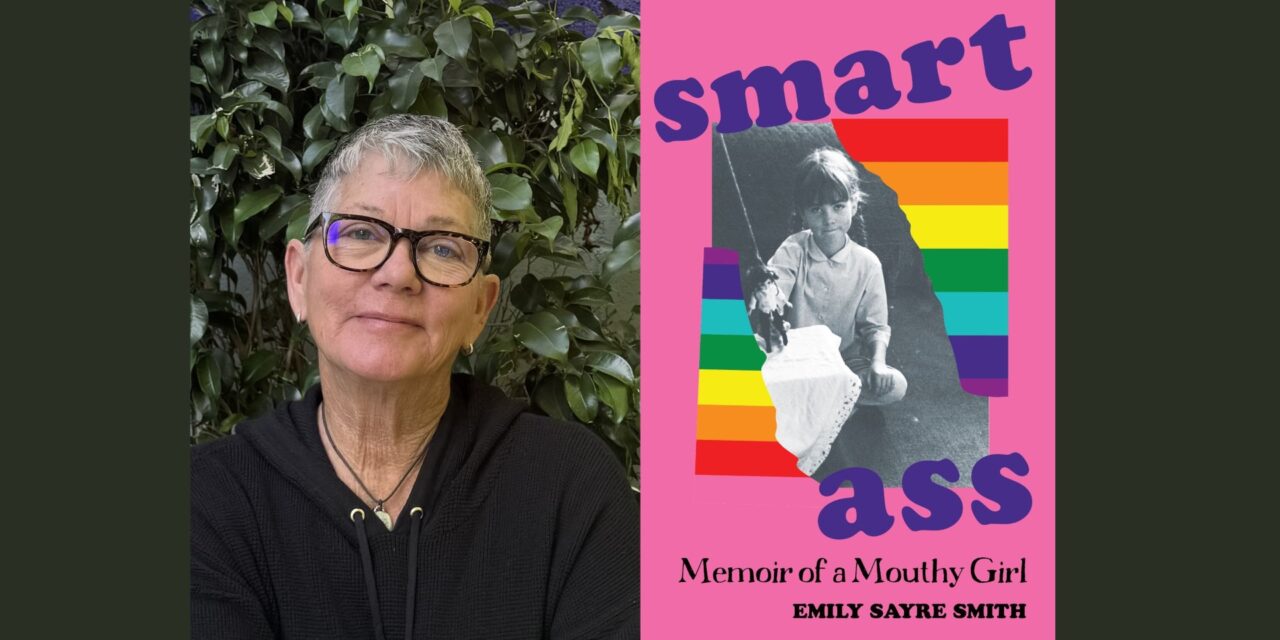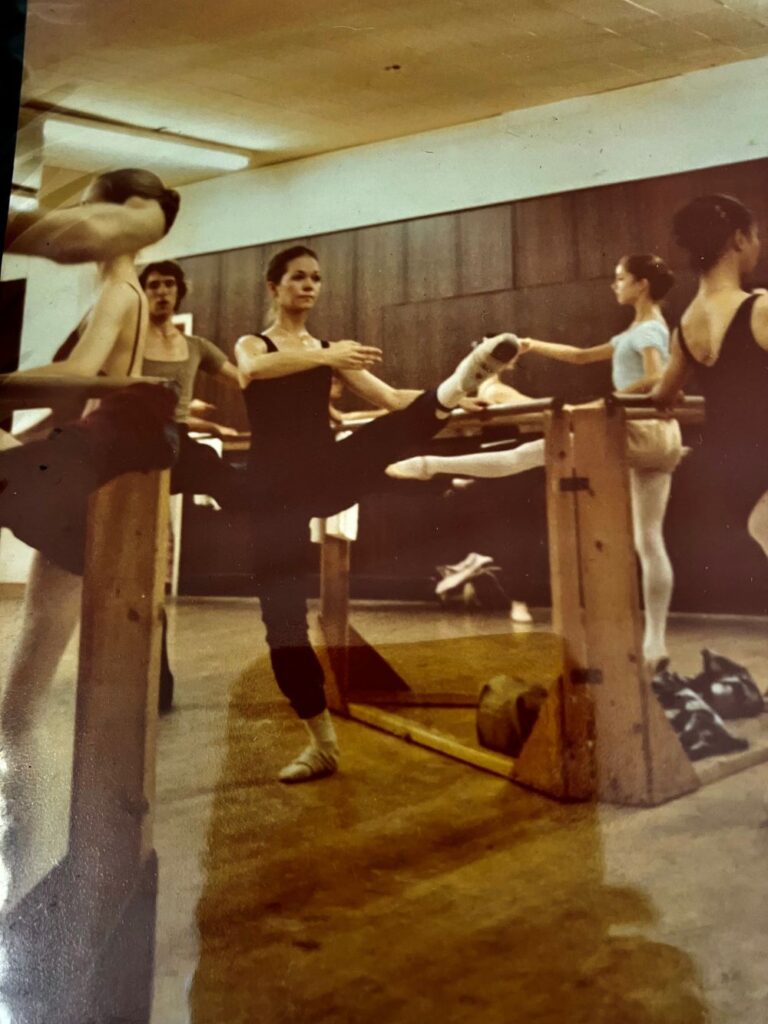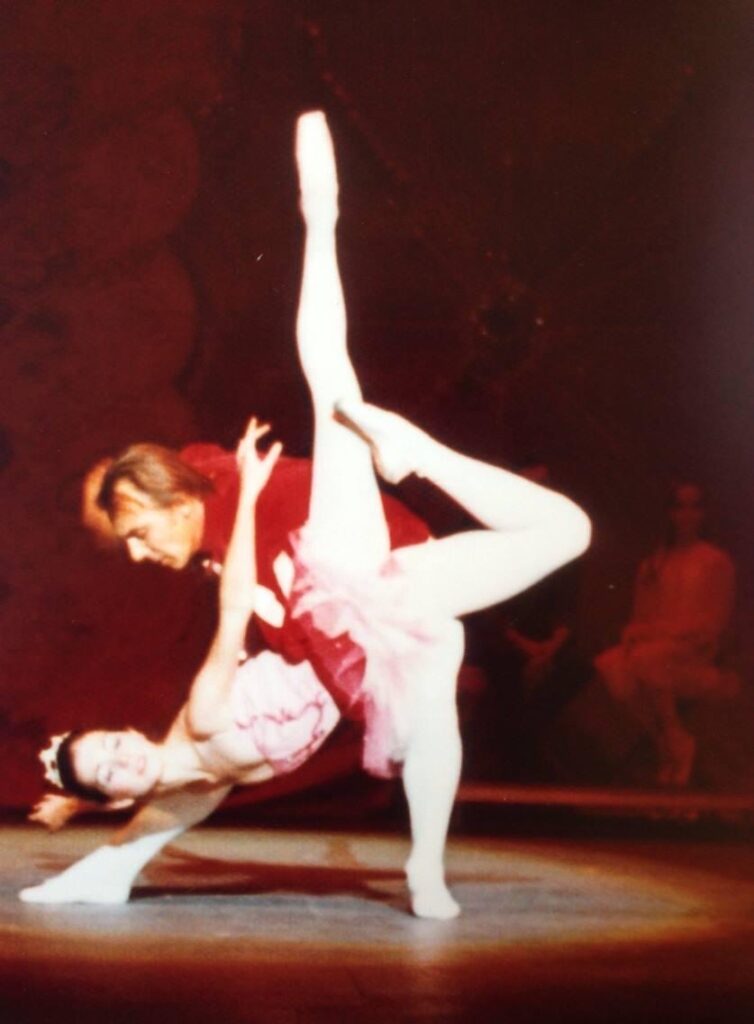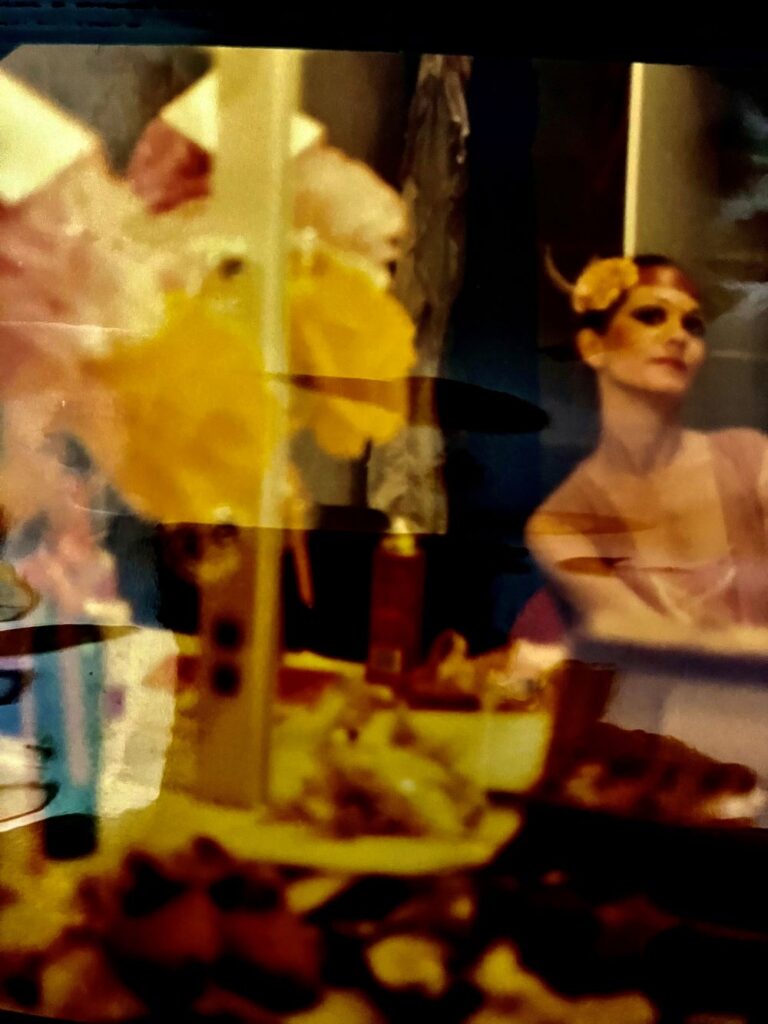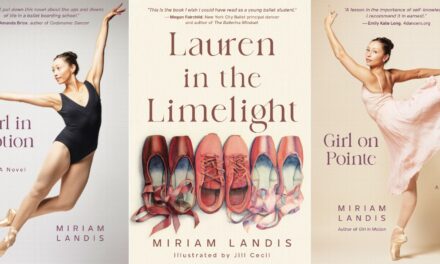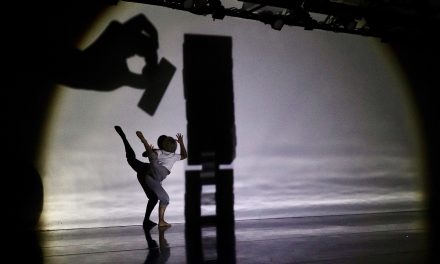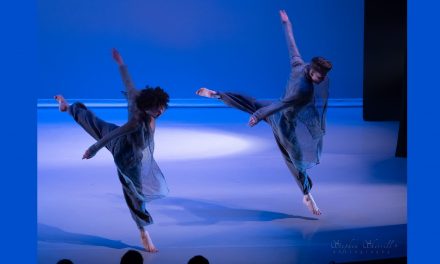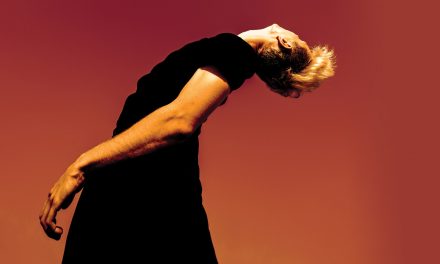I recently sat down with first-time author and memoirist Emily Sayre Smith. Her new book, SmartAss: Memoir of a Mouthy Girl, was pitched to me as a ballet memoir. It is more a coming-of-age story into which ballet slips in and out, an alternatively grounding and mystifying force that defines the author, but somehow still seems to exist on the periphery of her life. Rather than focus on ballet, the narrative weaves her dysfunctional family, sexuality, addiction, and dance into an alternately heartbreaking and hilarious journey that ends just as she takes the leap to New York. A second volume is on the way, which is good, because I absolutely want to know what happens next.
Ms. Smith and I had a wonderful conversation about growing up in a dysfunctional household, coming out, writing, and yes, dance. Her path, from ballerina to gym owner, to construction manager, to writer, is unconventional, filled with triumph and anguish, and absolutely riveting. I hope that you enjoy her words here, read the first book, and pre-order the second as soon as it is available.
Ms. Smith’s journey started in Texas.
I was born in Texas, grew up mostly in Arizona. My father was an Episcopal priest. My mother was a housewife, but one of the smartest women I know. Home was magical when I was very young, but as we got older, it became more and more dysfunctional. I started going to ballet class, I think, when I was eight, because my best friend Peggy Paver went to ballet class, and I just wanted to go. I’m pretty sure exercise saved my life.
The first third of the book does not discuss ballet at all. The narrative focuses on the family and the core relationships that formed the foundation of her childhood; her parents, grandparents, and two sisters, one two years older and one twelve years younger, and her friends. Ballet then creates a kind of container for all that the rest cannot hold.
Ballet is perfect because it’s impossible. It’s never right, it’s never perfect. It can always be higher, faster, more turns, higher jumps. There’s always more. And so I think that’s part of what I loved about it. At some point in my dancing, I remember that my teacher basically said, well, Barbara and Natalie and, you know, Charlotte can all be dancers, but not Emily, because she has bow legs. Well, I don’t have bow legs, but I have knees like a boy. It’s like, my knees don’t hyperextend like girls’ knees, my elbows do, but my knees didn’t. So my legs were very straight. But what that meant was all that power wouldn’t go backwards, out my knees, it would go down and up so I could jump like a son of a b****. Being the kind of rebellious child that I was, I of course, decided that I would be a dancer; because somebody said that I couldn’t. And I also think, there were no real sports back then. You know, there was no soccer and basketball; things like that. There was tennis, but that was for rich people. So ballet was really the only sport where I could make a career. Plus, it was magical. I loved ballet class. I loved the theater. I loved the music. I love entering another world and entering other people, you know, becoming nymphs or fairies or swans or Coppelia’s friends.
Ms. Smith was a talented dancer. She was awarded a summer scholarship to San Francisco Ballet, though she was not asked to stay on. At seventeen, she told her mom she was moving to either New York or London. Her parents had split up, gotten back together, and then her father unexpectedly passed away. She ended up studying dance in London, living with her mom and younger sister, who was four years old at the time. She then emancipated from her mom, who was increasingly erratic and revealed her own illness. She supported herself with an ushering job at the Opera House on St. Martin’s Lane, where she brushed shoulders with royalty in both the literal and dance sense. The stories are wonderful, and I will not spoil them here. She also trained, earning high marks in her RAD exams, but eventually all three of them returned to Tucson. There she embarked upon a professional career.
Two additional threads run through the narrative: the author’s drug use and her sexuality.
It started when I was in Arizona. I had drunk alcohol before, but I’m 105 pounds, 6% body fat. I’m a physical machine, right? And if you put two drinks in me, I’d throw up. Add the typical dancer’s eating disorders on top of everything else. I couldn’t drink, but marijuana, well, now that was the perfect chemistry. I could smoke pot, get high, and make all those feelings go away.
Some of those unwanted feelings were related to her sexual identity.
Me being gay comes in, I think, in probably the last quarter of the book. It was a profound shift. I love how people are like, “Oh, it’s a choice.” I’ve never met anybody who was gay who didn’t try not to be. Back then, it was illegal in 23 states and several foreign countries. As a ballerina, I didn’t want to be gay. I didn’t. I didn’t want to deal with it? I fell in love with this woman. It was devastating. So it’s not, it’s [the book] not all about being gay, but the influences are part of the story, part of my story.
This volume only details Ms. Smith’s life to the moment that she moves to New York. She spends many years as a freelance dancer, then opens a gym, then shifts gears again, moving to Los Angeles and embarking upon a career in construction. I asked how and when she embraced writing.
Well, I know exactly how it came into my life. I was in a relationship for 22 years, and we moved out here to Palm Springs together. We were married and built three houses. I thought it was this solid life, right? And at the end of the pandemic, she basically started a fight and said I want a divorce, from out of nowhere. I’m also sober. I’ve been sober for 27 years now. I didn’t know what to do. I literally 5150’d myself. I turned myself into the ER, and I said, I can’t stop thinking about killing myself. They don’t let you take that back. I tried to take it back, and they gave me what they called a “little shot to calm you down”. I woke up in Corona in the nut house. Actually finding a therapist that really worked for me for the first time in my life, starting to understand that I’m attracted to dysfunctional people, that it feels like home because I grew up with crazy people.
I’m also Irish and a storyteller.
One day, I was desperately looking for things to do to avoid cleaning the house. I needed to clean house, but I hate cleaning house, so I was doing all of these, and I was like, I’m going to sit down and write the book that I’ve been threatening to write for 20 years, I’ll write the outline. And I started to write the outline, and this book just poured out of me. I fell so in love with the process of writing and the storytelling that I got involved with a writing group online, and then I got together with this woman as a coach. She made me a much better writer. She was like, Yes, I’d like to publish your book. And so the whole thing just happened accidentally. I’m actually a good writer. Maybe it’s from telling stories all my life. This book is the stories I’ve been telling all my life.
SmartAss, Memoir of a Mouthy Girl is an appealing read. I want the rest of the stories. I want to hear about navigating New York as a gay ballerina in the late 1970s and early 1980s, how that shift to gym owner occurred, and what drove Ms. Smith to the West Coast. I look forward to reading the next volume(s).
To learn more about Emily Sayre Smith, click here.
To buy the book, click here.
Written by Nancy Dobbs Owen for LA Dance Chronicle.
Feature image: (Left) Emily Sayre Smith – Photo courtesy of the author, (Right) Cover of Smith’s “SmartAss: Memoir of a Mouthy Girl” – Montage by LADC.

